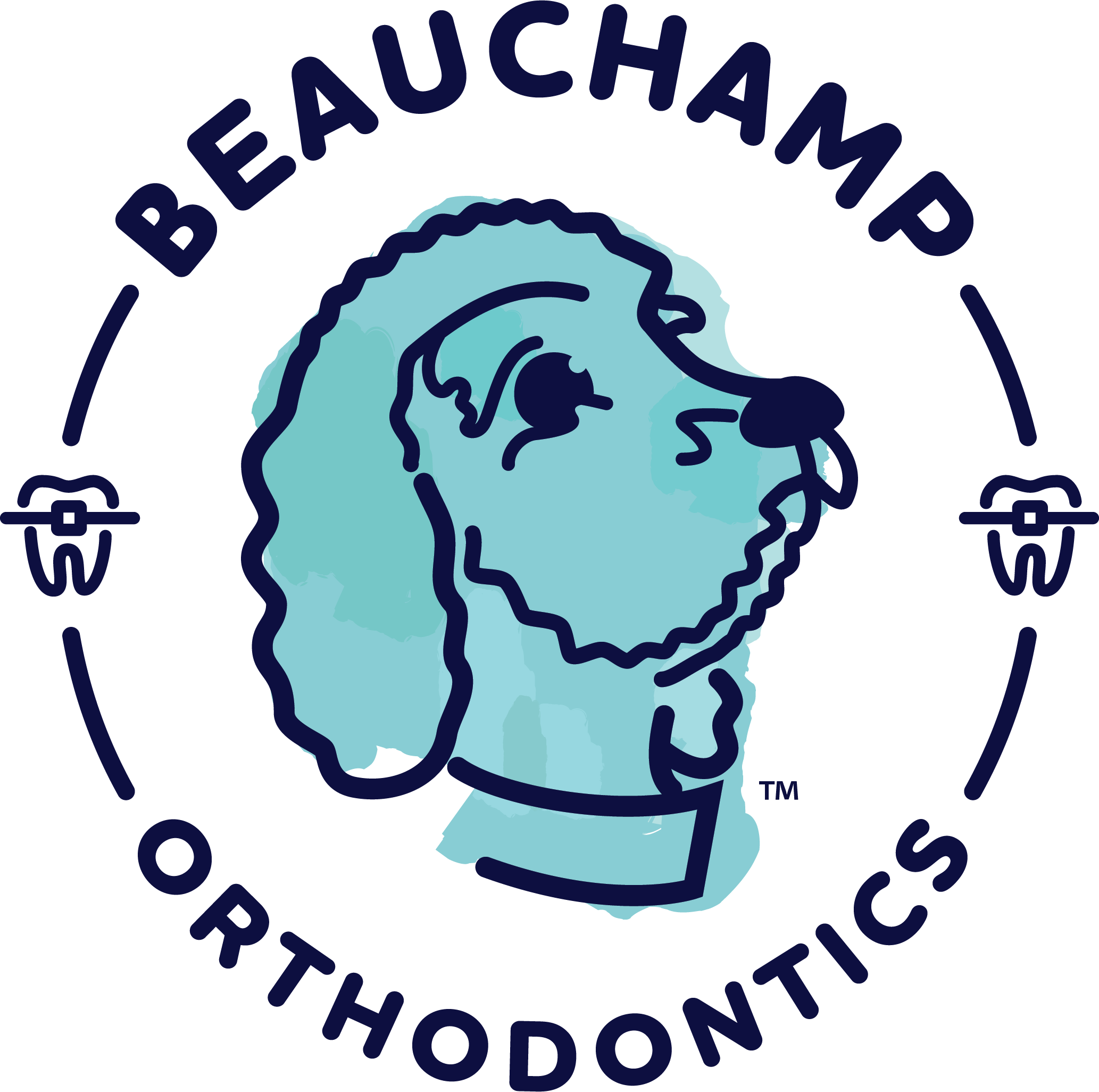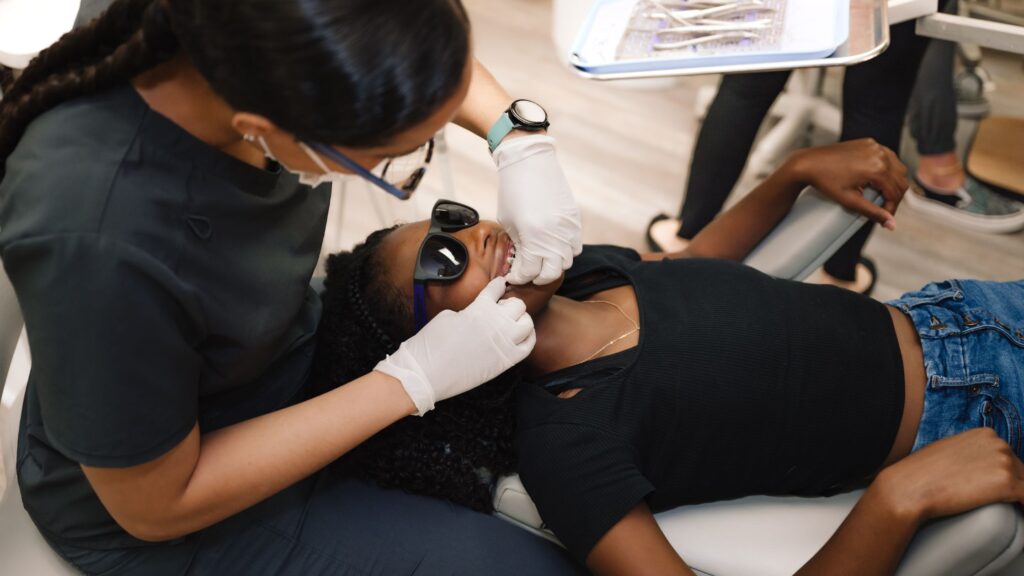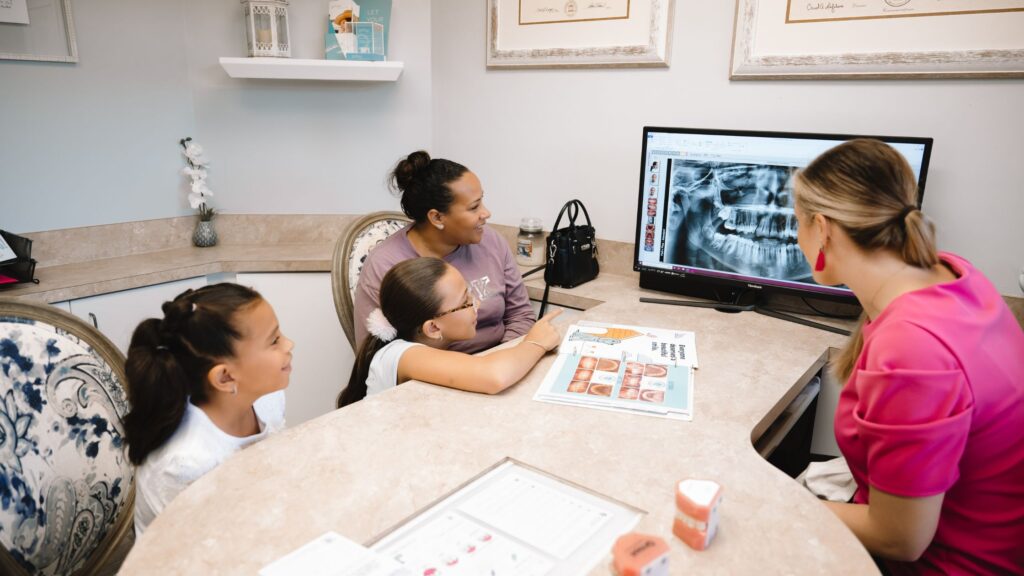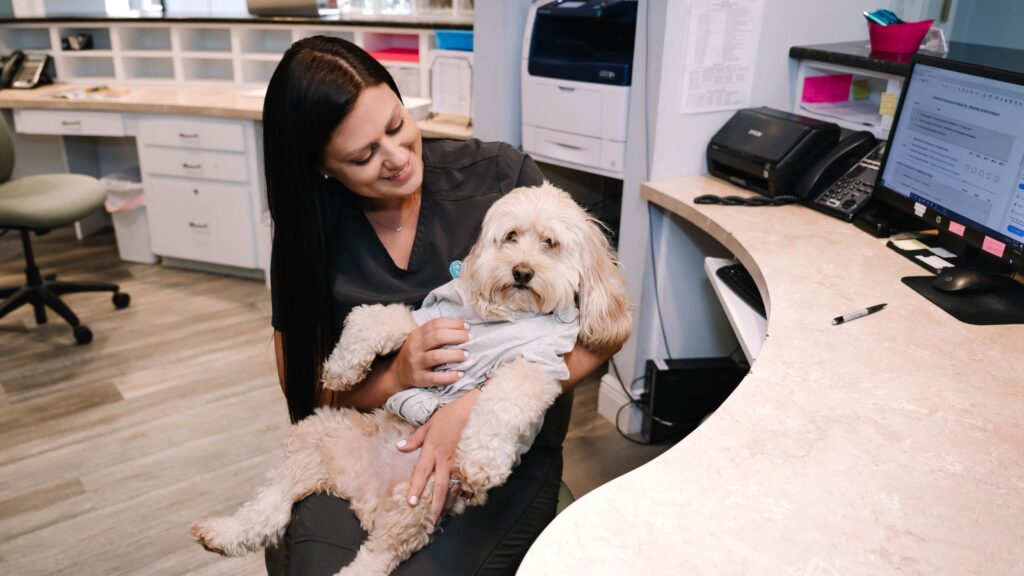Even though kids will have two sets of teeth in their lifetime, it’s crucial to take good care of baby teeth!
Since kids have a mix of baby and permanent teeth for a while, how well they care for one set affects the other. Just as importantly, though, brushing baby teeth helps set them up with good habits for life. In Port Orange and beyond, all kids need to learn to brush.
Good brushing technique is essential to oral health – and so is the habit of actually brushing every day.
Brushing your teeth might seem like the simplest thing in the world. But it is not always as easy as it looks. If children misunderstand brushing at an early age, they can pick up bad habits. Many adults end up with some confusion around oral health.
For example, surveys suggest many Millennials brush their teeth only once a day. The truth is, adults should brush at least twice a day – once in the morning and once before going to bed. Brushing after meals is also advisable. So is flossing at least three times a week (if not daily!)
Poor brushing techniques can manifest in different ways that all have negative effects:
- People who brush too hard can cause enamel damage, especially with a hard-bristled brush
- People who don’t brush close enough to the gum line may allow plaque to build up there
- Kids, especially, can have trouble reaching the back molars and need to be shown how
When you think of it this way, teaching your child to brush might seem pretty high stakes! Take a deep breath. Kids pick up on the signals you send, and they will know if you find brushing a worrisome task.
Working together with your child, you can help him or her build great oral health skills!
Step 1: Be Sure You’re Brushing Correctly
Before age six, kids may get lots of help with brushing, Before age three, it’s appropriate to use a rice grain-sized amount of fluoridated toothpaste to brush. From the age of 3-6, progress to a pea-sized amount. Any more encourages swallowing and isn’t recommended.
Around the age of six or seven, it is time to progress to supervised independent brushing.
The goal is to get kids to brush for at least two minutes, at least twice a day. As they get older, they will learn to brush after meals, too – but first, get them started doing things the right way. That means double-checking to make sure you’re doing it right, since you’ll need to demonstrate it to them!
When you brush, this simple checklist will keep you on the right track:
- Make sure you are holding the brush at a 45-degree angle to your gums
- Gently move the brush back and forth in short, wide strokes covering the tooth’s surface
- Brush outer surfaces, inner surfaces, and chewing surfaces in one area before moving on
- Tilt a toothbrush vertically and use up and down strokes to clean the insides of front teeth
Once they have the fine motor control for all the movements they will need, children are ready to discover brushing for themselves for the first time. At this stage, they need to learn how to put toothpaste on the brush, brush for the right amount of time, and spit out the toothpaste.
It’s not necessary to flush with water immediately after brushing, since this can remove fluoride from the surfaces of the teeth. Fluoride is your friend – you want to make sure it is settled on the tooth enamel. If possible, avoid drinking any kind of beverage for 5-10 minutes after brushing.
To equip kids for better brushing, ensure they have:
- A soft-bristled toothbrush: A hard-bristled brush can cause damage, especially to the gums
- Fluoridated toothpaste: The added fluoride is essential because it protects against cavities
- Optionally, fluoridated mouthwash, which should be used as a mouth rinse before brushing
Step 2: Demonstrate Proper Brushing Every Day For A Week
Now it’s time to show off all your brushing skills!
Let kids follow along as you brush and watch what you’re doing in the mirror. Encourage them to ask any questions they have. Remind them that when they feel anything rough or “gunky” on their teeth, that means it’s time to brush! By feeling their teeth with their tongue, they can recognize areas where they might need to brush more. However, be careful not to over-brush.
When a child is first learning to brush, listen carefully to what they have to say about it. If a child says brushing hurts or burns, this can indicate an allergic reaction. Sodium lauryl sulfate (SLS) is the ingredient in most toothpaste that causes it to foam. It can cause a burning sensation for some kids – and if yours is one of them, you want to be sure you take action to help them.
There are many kinds of toothpaste without SLS!
Step 3: Make Brushing a Good Habit That Lasts Through a Month
To make brushing a long-lasting habit, try to find ways to make it fun!
Building a new habit can be challenging no matter how old you are. With that in mind, you might need to do some creative thinking to help kids learn to brush when they’re supposed to. Make brushing an enjoyable experience and it will usually take hold after about a full month.
Here are some ways to do it:
1. Let Them Choose Their Own Brush and Toothpaste
It wasn’t long ago when sparkly purple toothpaste just for kids were all the rage. No matter what their style, all mainstream toothpastes are fluoridated and have the key ingredients for oral health. There are relatively few differences, so why not let your child choose?
Likewise, with the right tool for the job, kids will feel like they have more power when they brush. If a Disney toothbrush is what it takes to create good oral health habits, it’s worth it. Just remember that toothbrushes should be replaced every 3-4 months.
2. Find Fun Ways To Time Your Brushing
Kids are funny about time. Some common tasks, like brushing, might seem to take forever. Since you only have to start with two minutes, it’s a terrific time to play a well-loved song or video. This will create positive associations with oral health and can help ensure independent brushing really works.
3. Use The Gold Star Effect For A Month
For the first month of independent brushing, you’ll probably want to help out every night. This gives you the chance to be sure that brushing is happening. Count up the days to a full 30 with a calendar and gold stars or character stickers. At the end of a 30-day streak, you can share a special surprise.
Learning to trust a Port Orange orthodontist is a big step toward better oral health for kids. Our low-stress, family-friendly office makes it easier. Set a consultation to get personalized advice from Dr. Beauchamp.



